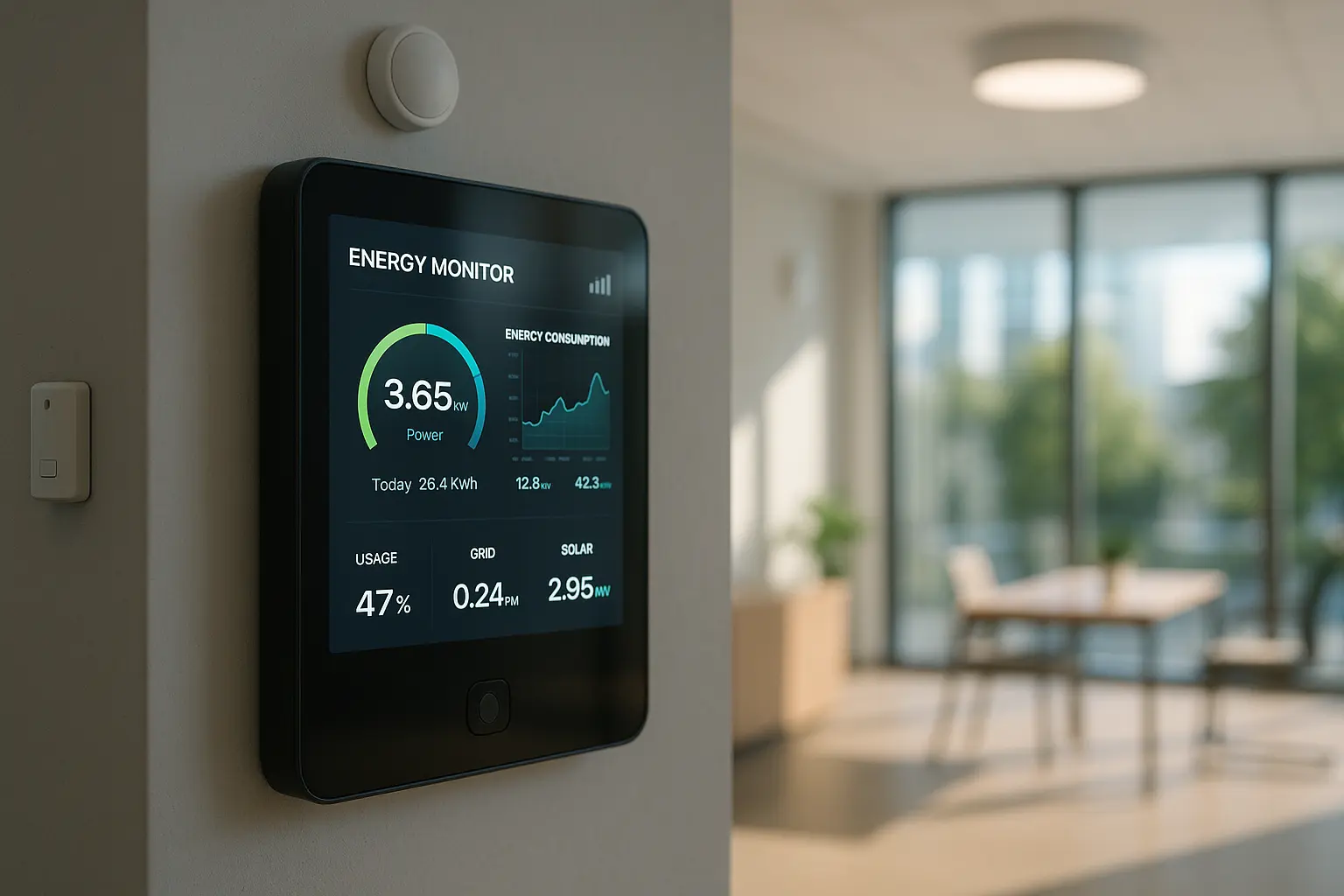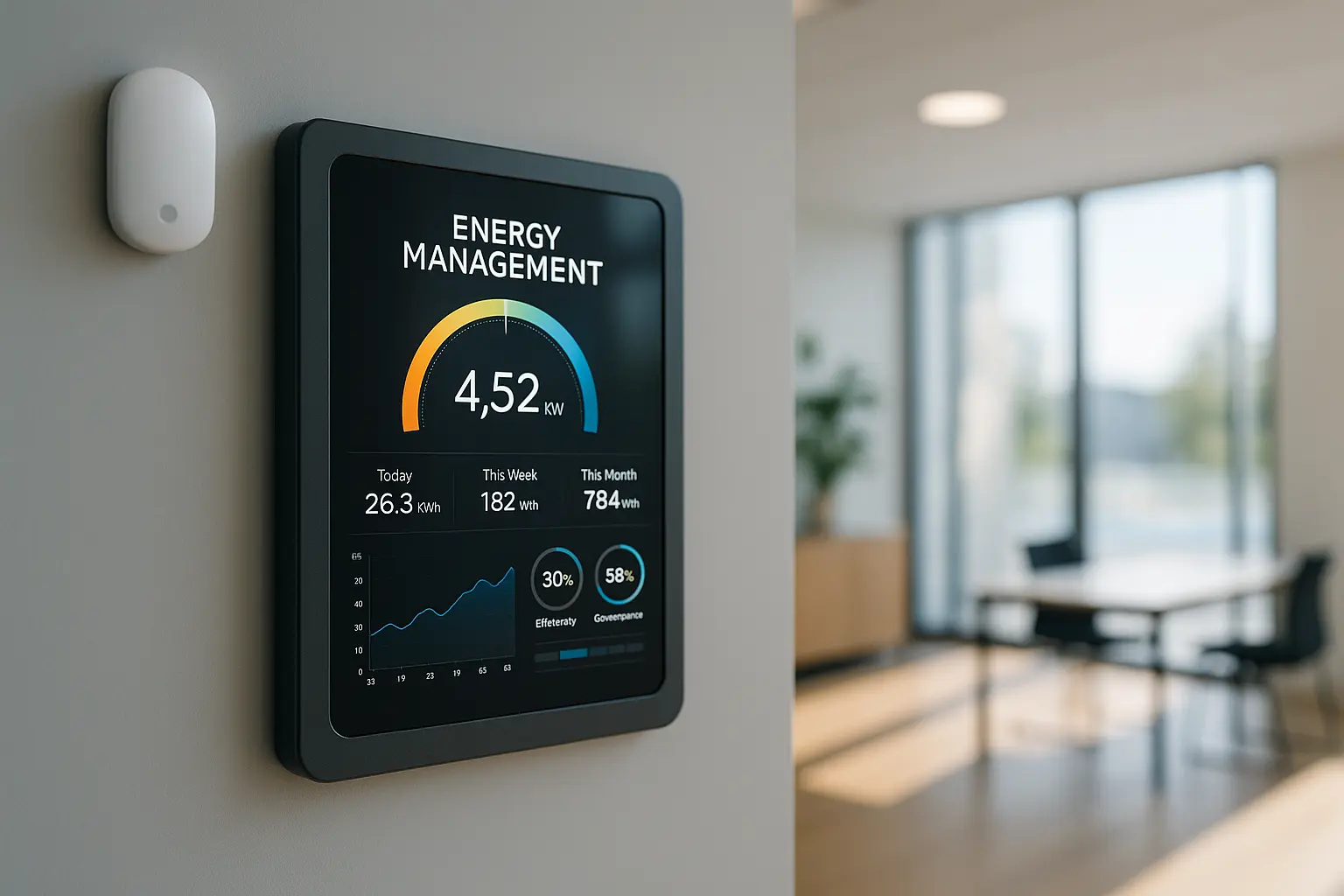As we stand on the brink of an energy revolution, the importance of energy efficiency in commercial buildings cannot be overstated. Energy consumption accounts for a significant portion of operational costs, making efficient energy management a crucial aspect for businesses aiming to reduce expenses while also contributing positively to the environment. Building Energy Management Systems (BEMS) are at the forefront of this transition, offering a sophisticated way to control, monitor, and optimize energy consumption. In this article, we will explore best practices for implementing BEMS and how they can redefine the efficiency landscape in commercial facilities.
Understanding Building Energy Management Systems
The world of BEMS can seem intricate, yet it holds the key to unlocking the full potential of energy efficiency. At its core, BEMS serve as a centralized system capable of monitoring and managing energy use across multiple building systems, such as HVAC, lighting, and other equipment. By leveraging advanced data analytics, BEMS provide real-time insights that empower facility managers to make informed decisions.
When we talk about incorporating BEMS, it’s not just about integrating technology but also about fostering a culture of efficiency within the organization. One must consider the system’s scalability and adaptability to the unique needs of their building. With the right implementation, businesses can significantly reduce their energy footprint and operational costs.
The Role of Data in Energy Efficiency
Data is the lifeblood of any effective BEMS. By collecting and analyzing vast amounts of data, these systems help identify patterns and inefficiencies, allowing businesses to make proactive adjustments. It’s crucial to ensure that data collection is comprehensive, providing a holistic view of energy consumption across the building.
A robust BEMS not only tracks energy usage but also integrates with other building systems to offer seamless control and management. The beauty of data lies in its ability to inform maintenance schedules, optimize system performance, and ultimately extend the longevity of the building’s infrastructure. The goal is to create a data-driven culture where every decision is backed by concrete insights, leading to reduced energy waste and improved sustainability.

Essential Components for an Effective BEMS
A successful BEMS isn’t just about high-tech tools; it involves a strategic assembly of various components working in harmony. Here’s a look at some essential elements:
- Sensors and Meters: These are the eyes and ears of a BEMS, continuously monitoring environmental conditions and energy use.
- Controllers: These manage the operations of building systems, ensuring they run optimally.
- User Interface: An intuitive dashboard that allows operators to easily interact with the system and make data-driven decisions.
- Networking Infrastructure: The backbone that connects all components, ensuring seamless data flow and communication.
- Data Analytics: Advanced software that processes data to generate actionable insights.
Each component plays an integral role in ensuring the system runs smoothly and efficiently, contributing to an overarching strategy of continuous improvement in energy management.
Proactive Maintenance and the Future of BEMS
Maintenance is more than just a routine check; it’s a proactive approach to preserving the longevity and efficiency of building systems. With BEMS, maintenance becomes predictive rather than reactive. By analyzing data and identifying potential issues before they escalate, facility managers can prevent costly downtimes and extend the lifespan of their HVAC systems and other equipment.
Looking ahead, the future of BEMS is bright, with advancements in AI and machine learning promising even greater efficiency gains. As more businesses adopt these systems, we anticipate an era where energy management is seamlessly integrated into the DNA of every building, contributing to a greener, more sustainable planet.
In the quest for energy efficiency, Building energy management systems stand as a beacon of hope. By embracing these systems, we open doors to a future where buildings are not just structures but dynamic ecosystems thriving on intelligent data and innovation. In this age of technology, BEMS are not just a choice but a necessity for businesses aiming to reduce their environmental impact while optimizing operational costs. As we move forward, let’s champion the cause of energy efficiency, one building at a time.
FAQ
What are the initial steps to consider before implementing a Building Energy Management System (BEMS)?
Before implementing a BEMS, it’s essential to conduct a comprehensive energy audit to assess current energy usage. This should be followed by setting clear energy-saving goals and identifying key areas for improvement. Engaging stakeholders early and securing buy-in from decision-makers is also critical for a successful implementation.
How can the integration of BEMS with existing building systems be optimized?
To optimize integration, ensure the BEMS is compatible with existing HVAC, lighting, and other control systems. Utilize open protocols like BACnet or Modbus for seamless communication between devices. Additionally, consulting with experienced system integrators can help navigate potential compatibility issues and ensure smooth integration.
What role does data analytics play in the efficiency of BEMS?
Data analytics is pivotal in transforming raw data into actionable insights. By continuously monitoring energy consumption patterns, analytics can identify inefficiencies, predict maintenance needs, and suggest optimization strategies. Leveraging advanced analytics tools can significantly enhance the decision-making process and improve overall system performance.
How can occupants be engaged in the energy management process?
Engaging occupants involves creating awareness about energy-saving practices and the benefits of BEMS. This can be achieved through educational workshops, regular updates on energy performance, and encouraging feedback. Providing incentives or gamifying energy-saving efforts can also motivate occupants to actively participate in energy management initiatives.
What are the long-term maintenance and support considerations for BEMS?
Long-term maintenance requires regular system updates and performance checks to ensure the BEMS operates at peak efficiency. Establishing a relationship with the system provider for ongoing support and training is crucial. Additionally, setting up a dedicated team to monitor system performance and address any issues promptly will help sustain the benefits of the BEMS over time.


